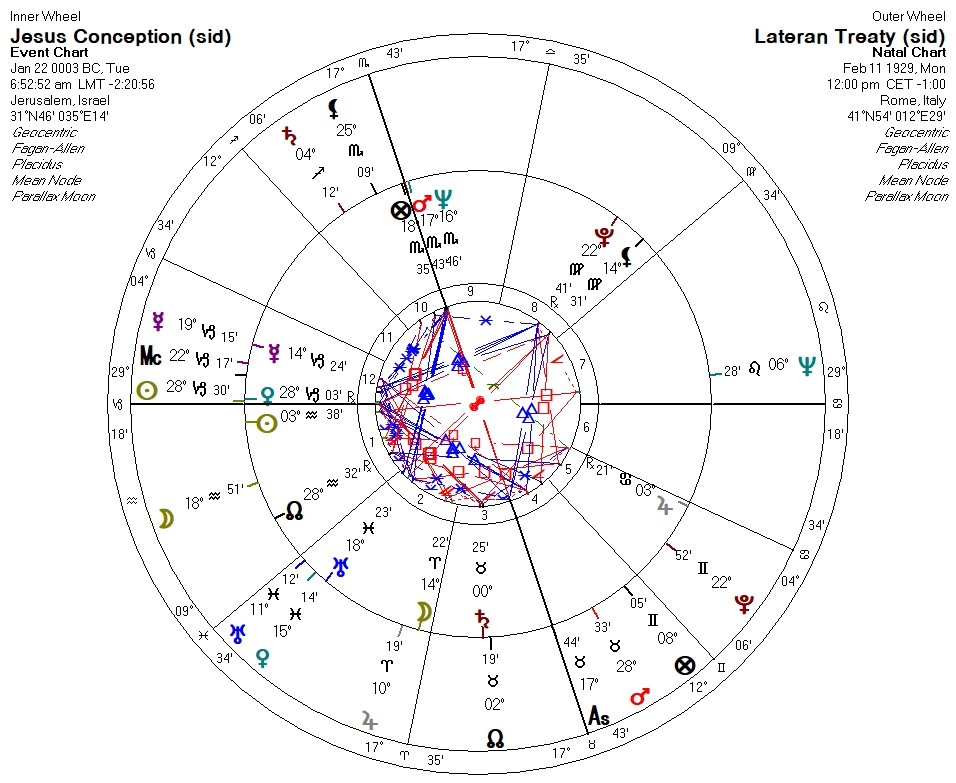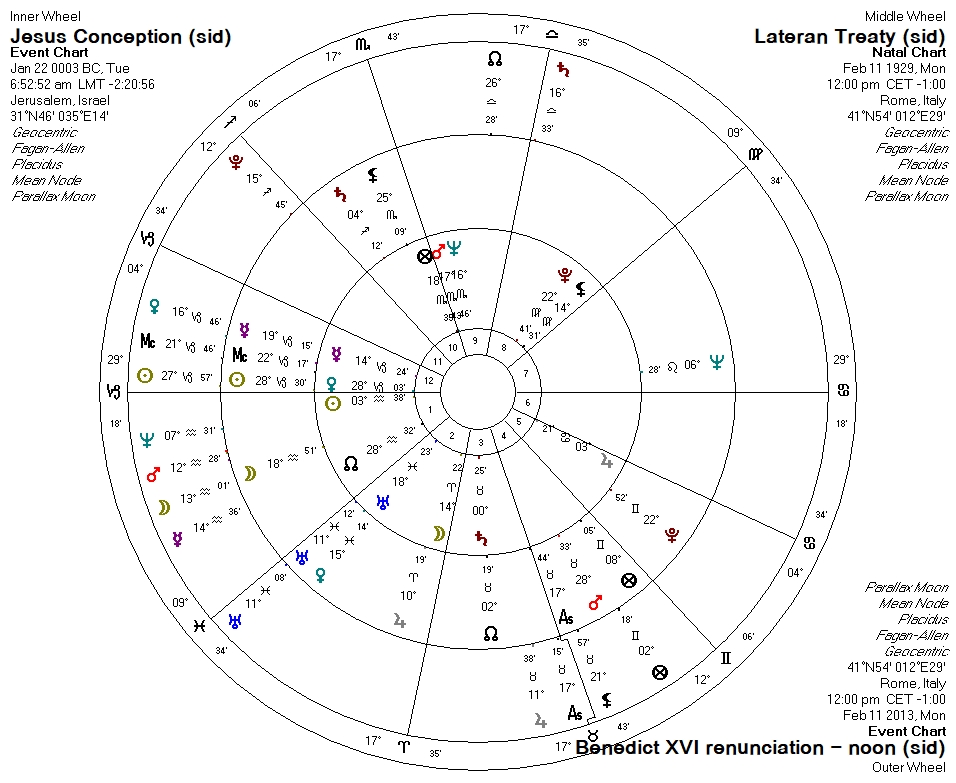Every visible planet, from our earthly vantage point, spends some time so close to the Sun that it cannot be seen. The Sun’s aura extends some 17° away from the center of the Sun due to atmospheric refraction. That aura weakens the further away from the center, as can be seen if one watches the aura after a sunset, or right before a sunrise.
Planets that move into the aura are going through “immersion,” and those coming out are going through “emersion.” Venus is no different, but it is very bright, and can cut through the Sun’s aura at closer distances to the Sun than other planets, though all planets can be seen within the outskirts of the aura.
These moments of immersion and emersion were known as “hypsomata” in the Hellenistic era. Modern terminology calls them “heliacal risings” and “heliacal settings.” They were of high importance in ancient astronomy, as the dates of reappearances and disappearances were duly noted, and then anticipated to test the mathematical regularity of planetary phenomena. What does this have to do with the Star of Bethlehem?
Subscribe to get access
Read more of this content when you subscribe today.
Let’s call this the Conception chart. Notice how far away Venus is from the ecliptic, 7°53′ in latitude, in what is an “extreme of latitude.” (Modern astronomy tells us that this is because the Earth and Venus are very close in distance.) This is well beyond the extent of the Moon’s extremes of latitude that are about 5°45′. Venus is actually about 9°40′ distant from the Sun here (elongation), therefore Venus was able to be seen even though there was only about 5°35′ distance in terms of ecliptic longitude.
It should be noted here that, in Venus’ long-term cycles, this is the closest its heliacal rising will be to Sadalsuud for many centuries before or after – a lucky happenstance for Venus to be so close to the star called “The Luckiest of the Lucky.”
Notice that in the upper right of Figure 4.6-b that Mars is visible, and still close to Antares in Scorpio. An astrological chart cast for Mars on the midheaven shows a Venus/Mars square “in mundo,” meaning that while they are not in a 90° aspect, they are in aspect though the ascendant and midheaven. The Sun is still under the horizon and Venus’ ecliptic longitude right above the horizon:
This shows that Mars culminates just as Venus rises in alignment with Mars’ exaltation-stars of Sadalsuud and Deneb Algedi — Mars in aspect to its own exaltation-stars. Astrology calls a planet/star arrangement like this a paran, where a planet is on one angle and a star is on another angle. Parans are highly auspicious in the whole-sky astrology of the ancients. Here, Mars is in paran with Venus, Sadalsuud, and Deneb Algedi. Are things looking a bit more Christlike yet?
Venus goes on to make three more amazingly close conjunctions with the three remaining planets: Saturn, Jupiter, and Mercury:
- On June 13 – Venus makes a close conjunction with Saturn.
- On August 12 – Venus makes a close conjunction with Jupiter.
- August 22 through September 3 – Venus makes a close conjunction with Mercury.
The conjunction with Saturn is near Aldebaran, and during a dark moon. They are separated by only 10 arcminutes (one-sixth of a degree) would have appeared to be almost touching.
The conjunction with Jupiter is even closer at about 4 arcminutes, and could have been seen to be touching:
The Shekinah
The final conjunction with Mercury needs some explanation. Mercury/Venus conjunctions are somewhat rare, though sometimes they can last for as long as two weeks. In 3 BC, an extreme event happened, with Mercury and Venus appearing to “dance” around one another for many days. An animation of charts for the early morning visibility of this astonishing conjunction is here:

(Also of note is the conjunction with the fixed star 77 Leo, or alpha Leonis – a star mentioned often in this blog – on September 2.)
And an animation of that same period in Sky Map is here:

And if that’s not enough, the SuperMars opposition happens on July 4. Mars stations Rx on June 4, and stations Px on August 4.
The list of astronomical events are as follows:
| Astronomical Event | Date in 3 BC |
|---|---|
| Venus’ heliacal rising (emersion) at Mars’ exaltation-stars | January 22 |
| Venus conjunction with Saturn | June 13 |
| SuperMars (opposition) | July 4 |
| Venus conjunction with Jupiter | August 12 |
| Venus-Mercury Shekinah | August 22 – September 3 |
| New Moon | September 11 |
| Full Moon conjunct Pleiades rises | September 26 |
| Venus’ heliacal setting (immersion) | September 26 |
A complete movie of Venus for 3 BC is here, showing every morning from Sun conjunction to Sun conjunction:
Furthermore, the chance for repetition of these specific events within the millennia surrounding 3 BC is zero. I ran data for every year from 600 BC to 600 AD to check if Venus made two conjunctions with Jupiter and Saturn, respectively, with those minima of separation. There are no other years in which Venus will make those close conjunctions to both planets. (See Appendix D.)
A comparison of the two SuperMars years of 3 BC and 1450 AD shows how similar the trek of Mars is, retrograding in the constellation of Capricorn and then exiting at Deneb Algedi:
Back to Benedict XVI
The connection between the renunciation of Benedict XVI, the Lateran Treaty, and the Jesus Conception charts are obvious. At the ascendant on the left, we find Conception Venus at 28°03′ Capricorn, Lateran Sun at 28°30′ Capricorn, and Benedict XVI renunciation Sun at 27°57′ Capricorn:
These all line up with Cygnus – The Northern Cross. Therefore, we have a thread that runs through the Vatican, Rosslyn Chapel, and the biblical annunciation, or the heavenly impregnation of the Virgin Mary.
All of this is, in the strongest sense of the word, circumstantial astro-historical proof that the Vatican knows more about this than they are letting on.
In the next chapter, we will look at the Crucifixion, and how that fits into the astrology of the Knights Templars who were rumored to live on in Scotland after their infamous demise of 1307-14.
-Ed










Well somehow I started here
I am riveted
Not only by astrology but also by my belief that the whole Bible is astrological embellished with cultural rules
This is why I subbed to your blog. But it’s a lot to take in so it will take time
My Dad was a high order freemason and was going to be elevated to knights Templar but he died before it happened. Unfortunately I am a girl lol so wasn’t allowed to know much about it
They sure are looking more Christ-like! Wow what an experience
Ed! This is mind blowing!